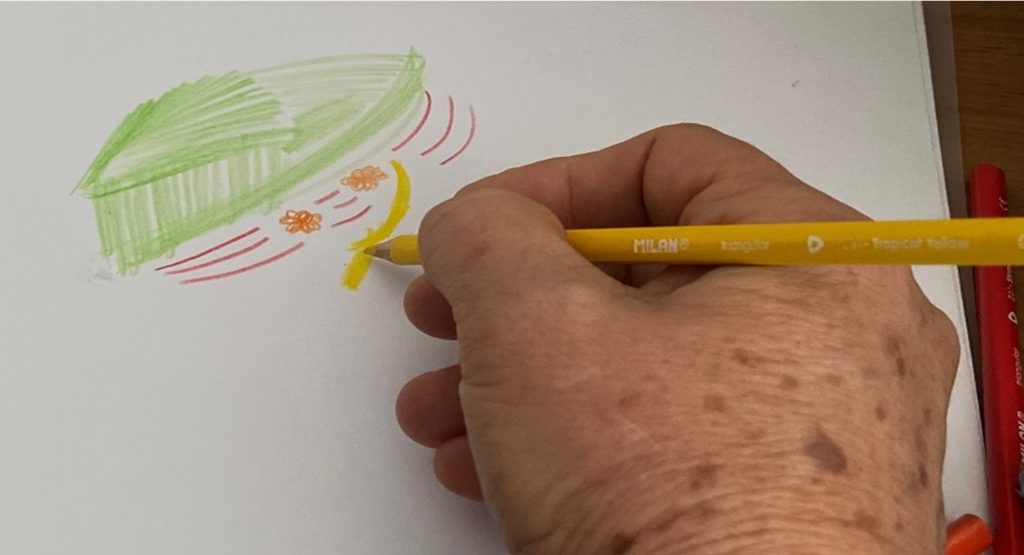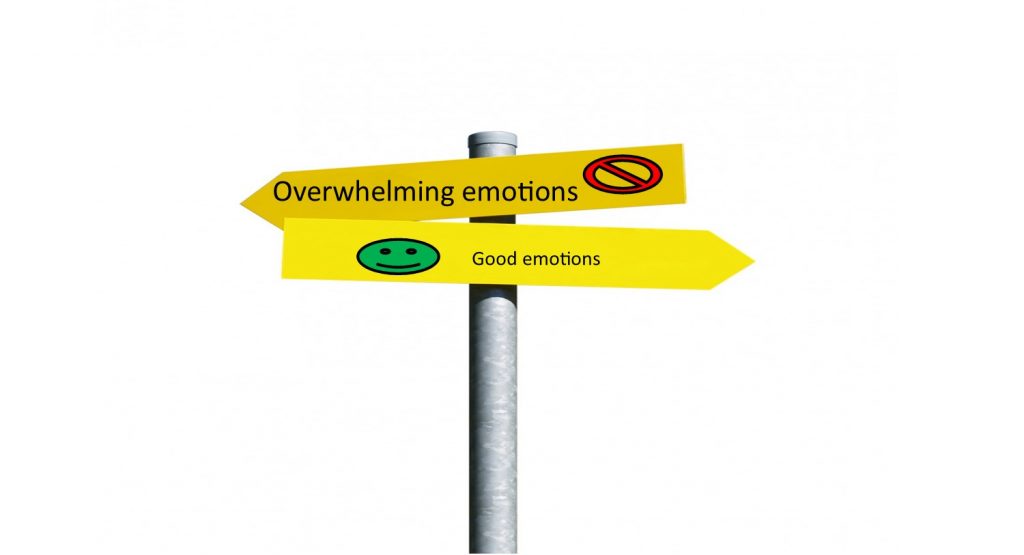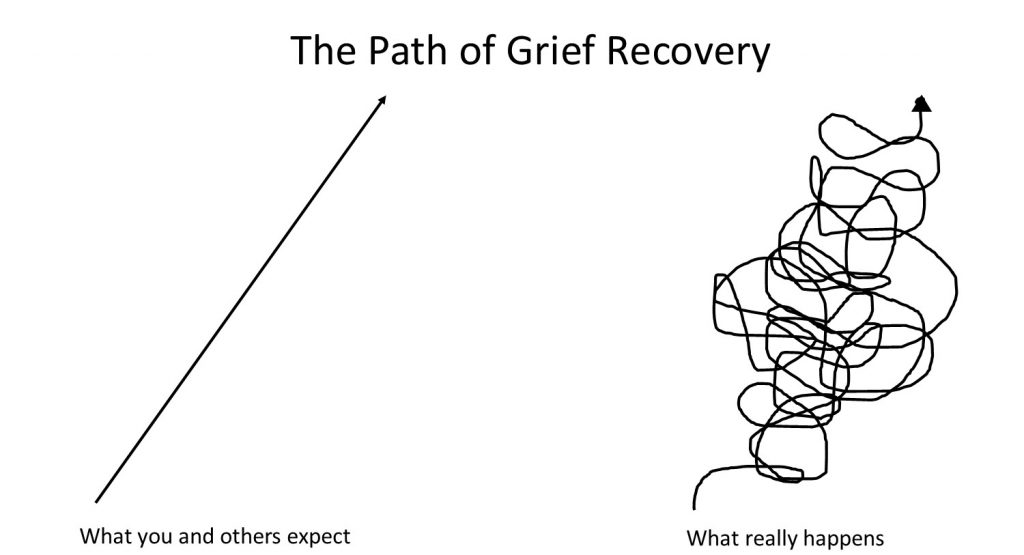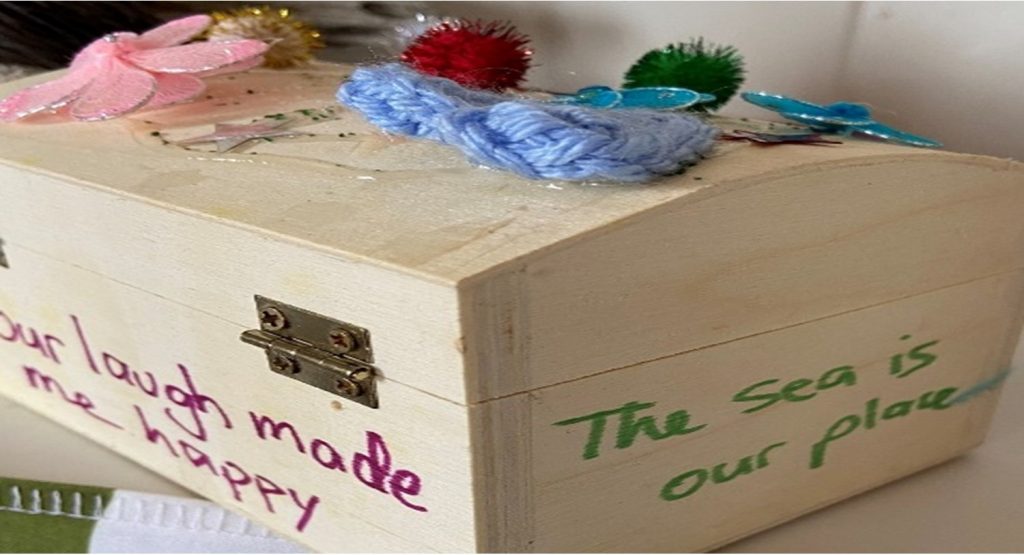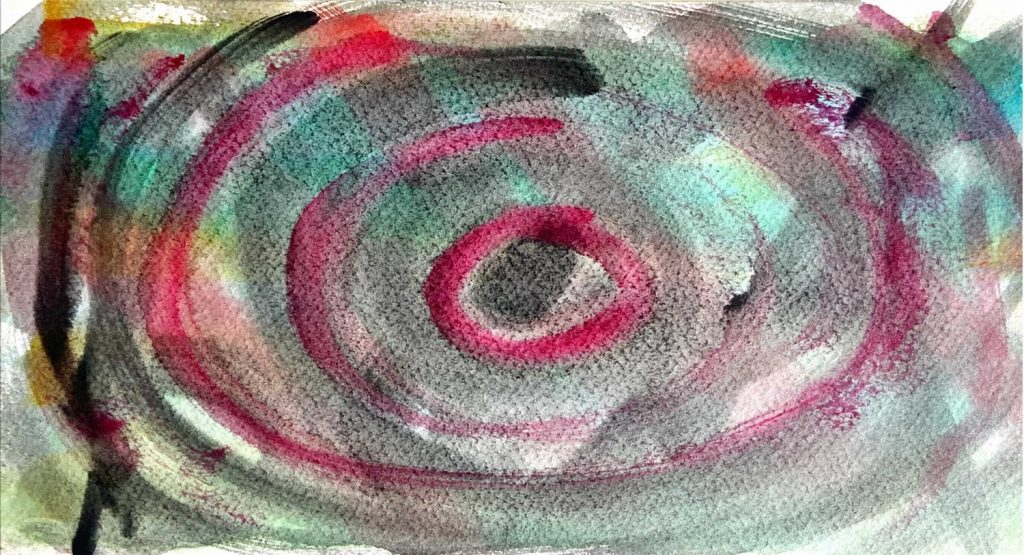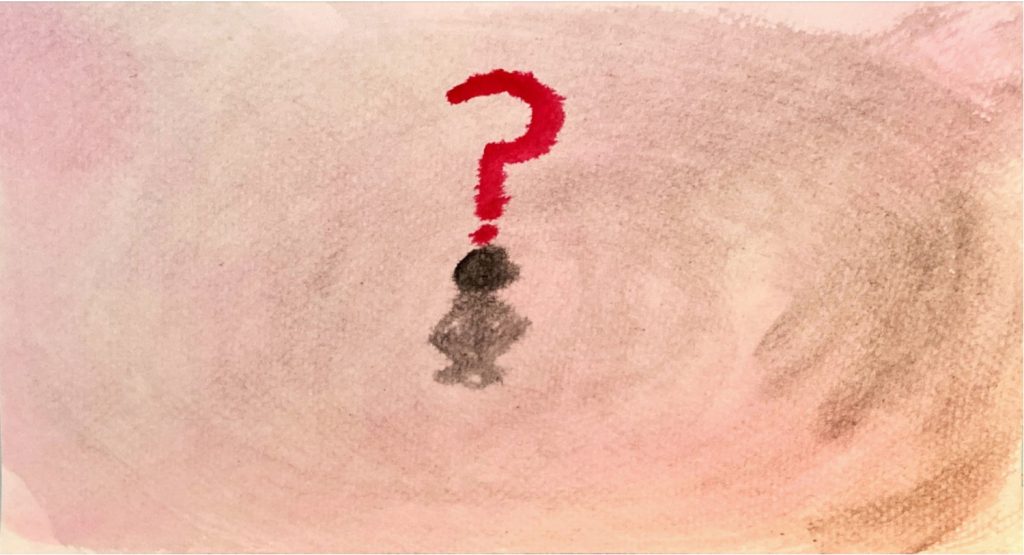
Your traumatised brain is stuck in a difficult place.
To heal you need to be able to identify and feel your feelings. But in doing that you can find yourself in a very scary, dysregulated state.
Mindfulness is really helpful for learning to feel, but it can risk throwing you into dysregulation.
I have read that our dysregulated brains are like a possum that has been bitten by a spider and is now in a lot of pain. The possum will not sit still an experience the pain. It is like when we hit our thumb with a hammer and jump up and down and shake our thumb to cope with the pain. The possum will leap from branch to branch. I cannot be still as it seeks relief from the pain it is in. It is in effect trying to run from its pain.
The possum, like us, has a brain that is primed to react to threats in automated ways. If the possum was able to sit and think it over, it would realise its pain comes from a spider. If it did, it would move away and maybe shake or lick the sore part. As the possum’s danger system has engaged, it is not capable of sitting quietly and analysing the situation. Its survival depends on it automatically acting based on past experiences.
This is pattern matching in action. Our brains match roughly to an existing pattern. The roughness of the match allows for variations in situations that are dangerous so we can identify danger quickly and escape from it.
Our brains are working very fast. They make guesses about the danger.
The only way to disable these existing patterns is to be able to identify and process the feelings and emotions during calm times. Some entrenched patterns take a long time to identify and process. They may even need more specialised treatments such as EMDR to disable them. But it is possible to chip away at many patterns in therapy.
This is where mindfulness is helpful.
Mindfulness allows you to explore feelings in your body while also maintaining an awareness of your body’s reaction to this exploration. It allows you to know when to stop and pull back from exploration.
With mindfulness you can in time learn to identify the thought patterns and feelings that accompany dysregulated states. You can learn when to pull back from a situation that is triggering before you are out of control. You can also use mindfulness to identify and process the thought patterns and feelings that feed this out of control reaction.
Mindfulness is not something you can pull out when in a highly stressed state. You need to practise regularly and at times when you feel safe. Then you can learn how to use mindfulness in more highly stressed times.
With mindfulness you train your attention by paying attention to a simple object, such as the breath. In the practise you learn to pay attention to your breath and return to that attention on the breath when your mind wanders.
3 STEPS IN PRACTISING MINDFULNESS
This is a quick practise you can do daily to help train your attention. I usually suggest the breath because it is easy to do. If you find focusing on your breath is a trigger then choose an object to focus on.
- Posture. Sit comfortably on a seat that is firm enough to support you in an upright position and close enough to the floor that you can place your feet flat on the floor. Try to support your own spine as you sit. In other words, try not to lean back on the chair. Place your hands on your thighs palms down. You may either close your eyes or leave them open. If you leave them open then look down into your lap or in front of you just a short distance away.
- Breath. Notice your breathing. Feel it moving in and out of your body. Just notice its rhythm and flow. Feel the breath in your belly. Feel the movements of your belly as you breathe in and out. You don’t have to deep breathe, although it is helpful if you can practise breathing into your belly. This trains you to breathe into the base of your lungs, which is calming. Just allow your breath to happen. Don’t count your breaths, how long your breath in or out and how long a gap you leave between the in and out breaths. Just breathe.
- Wandering. You will find your attention will wander away from the breath. Or you may start thinking too much about your breath. Or you may start judging your breathing. Just acknowledge your mind has wandered and just bring your attention back to the sensation of the air moving in and out of your body and your body moving as air enters and leaves it. Don’t judge yourself for your mind wandering. You will do it a lot at first. Even when you have become good at focusing there will be days when you are more distracted than others and your mind wanders. Remember. When you notice your mind has wandered you are already being mindful. Great mindfulness to notice your wandering mind. Choose to come back to focus on your breath.
How long should you do this for? Practise Daily. Start simply. Set a kitchen timer, or your phone/watch to time you. Do it during ad breaks on the television. Or when waiting at a red light. Start off with small and over time you can work up to longer. Maybe 5 minutes.
Make the practise easy to do so you will be more inclined to practise.
In time, you will become so accustomed to this mindful attention that you will be able to start noticing what your body is feeling and be able to learn how to identify when something is triggering you and you need to take measures to prevent yourself being thrown into a fight/flight response.
Always do this with the support of a trauma trained counsellor who can help you learn how to be safe with your feelings.
If you would like to talk to me about how I can help you with learning how to be safe and notice what your body is telling you, please contact me on 0409396608 or nan@plentifullifecounselling.com.au
If you would like to learn more, I write a regular newsletter with interesting information, tips, information on courses, and the occasional freebie. At the moment I have a free mindfulness meditation for anyone who signs up to my newsletter. This meditation offers a way to safely explore your feelings and learn to be okay with them. If you would like to subscribe please click on the link here: http://eepurl.com/g8Jpiz


